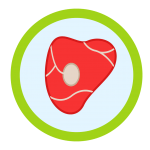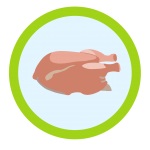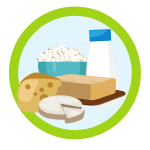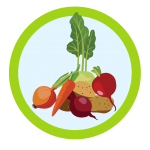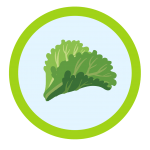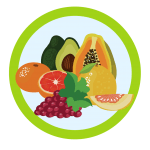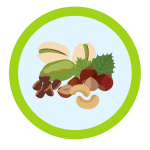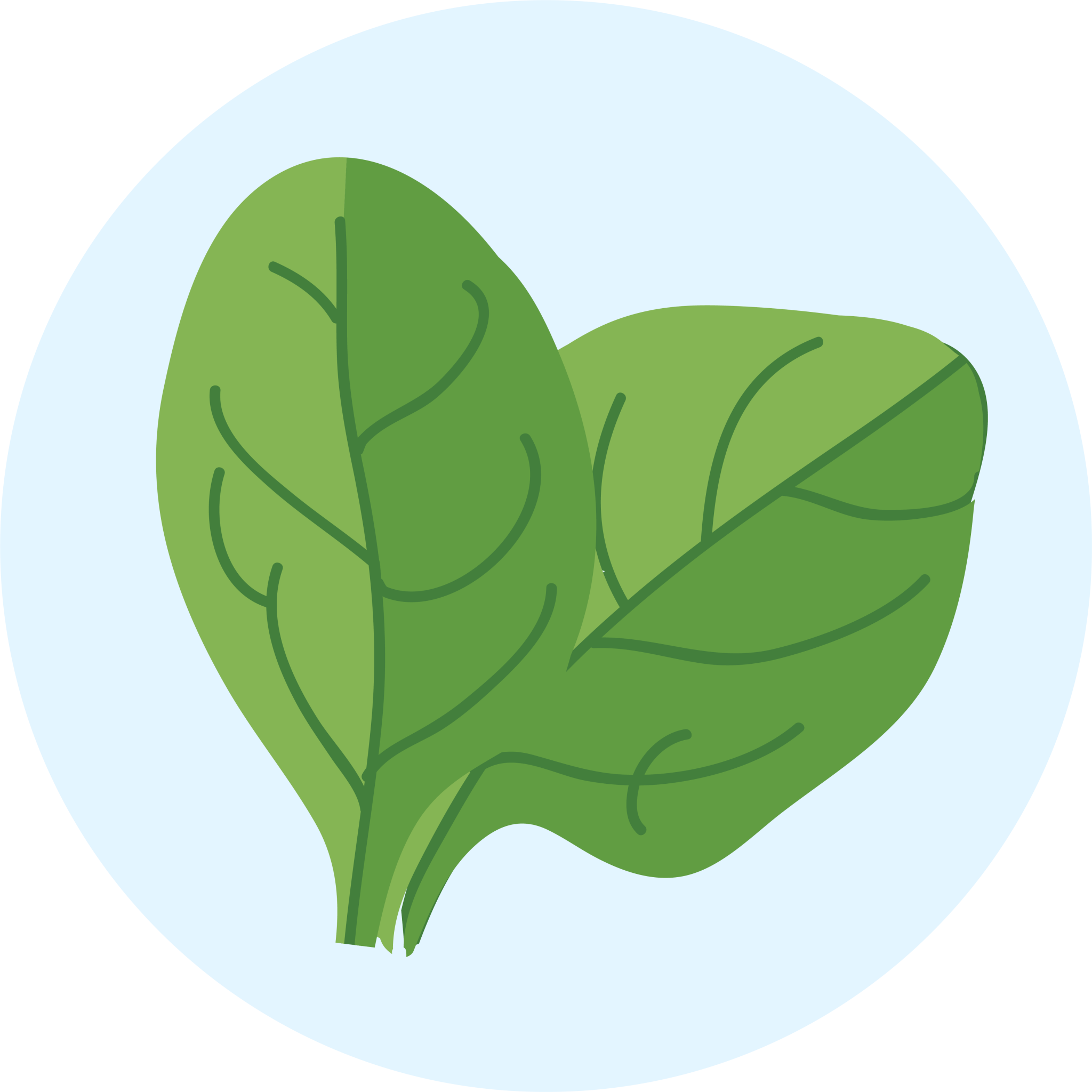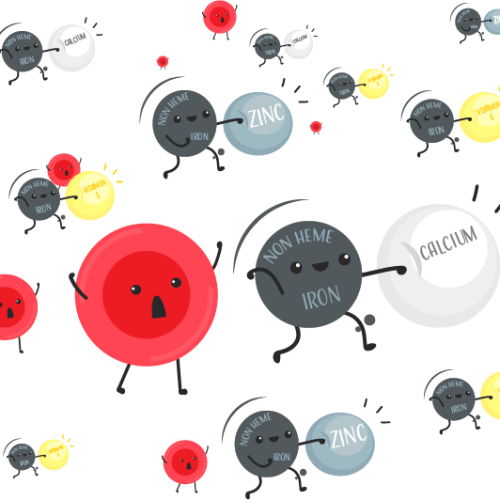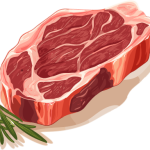Food Sources for Iron
Iron is an essential mineral that is required by the body for many important functions such as the formation of red blood cells, transportation of oxygen throughout the body, and the maintenance of healthy skin, hair, and nails. However, the excess amount of iron in the body can lead to health problems such as liver damage and organ failure.
It is important to get the right amount of iron in the body through food rather than relying on supplements. This is because supplements can lead to excessive iron in the body and the risk of health issues. Food sources of iron, such as red meat, poultry, and seafood, also provide other essential nutrients, which are important for overall health.
The daily value (DV) percentage of iron in a serving size depends on the age and sex of the individual. For adult males and females, the DV for iron is 18 mg per day. However, for menstruating females, the DV for iron is 18 mg per day. Increasing to 27 mg per day during pregnancy. In this case, a 3.5 oz serving of sardines would provide around 8-12% of the DV for iron. It is important to note that organic iron found in animal products like sardines is typically more easily absorbed by the body than non-heme iron found in plant-based foods.
Pairing iron-rich foods with those high in vitamin C can help increase the absorption of iron in the body. Examples include citrus fruits, berries, tomatoes, and broccoli. Consuming such foods together can help ensure that the body is getting enough iron while avoiding excessive amounts.

